Encountering wildlife can be an exhilarating experience, yet it comes with a responsibility to ensure the safety of both humans and animals. Understanding how to interact with wildlife responsibly is essential for protecting these creatures and their habitats. This guide offers comprehensive advice on safely dealing with various wildlife you might encounter, whether in your backyard, on a hike, or during your travels.
Understanding Wildlife Behavior
Recognizing Signs of Stress in Animals
Animals exhibit specific behaviors when stressed or threatened. Learn to recognize these signs to avoid causing distress or provoking aggression.
The Importance of Keeping a Safe Distance
Maintaining a safe distance from wildlife is crucial for your safety and the well-being of the animals. This section will discuss appropriate distances for different types of wildlife.
Feeding Wildlife: The Do’s and Don’ts
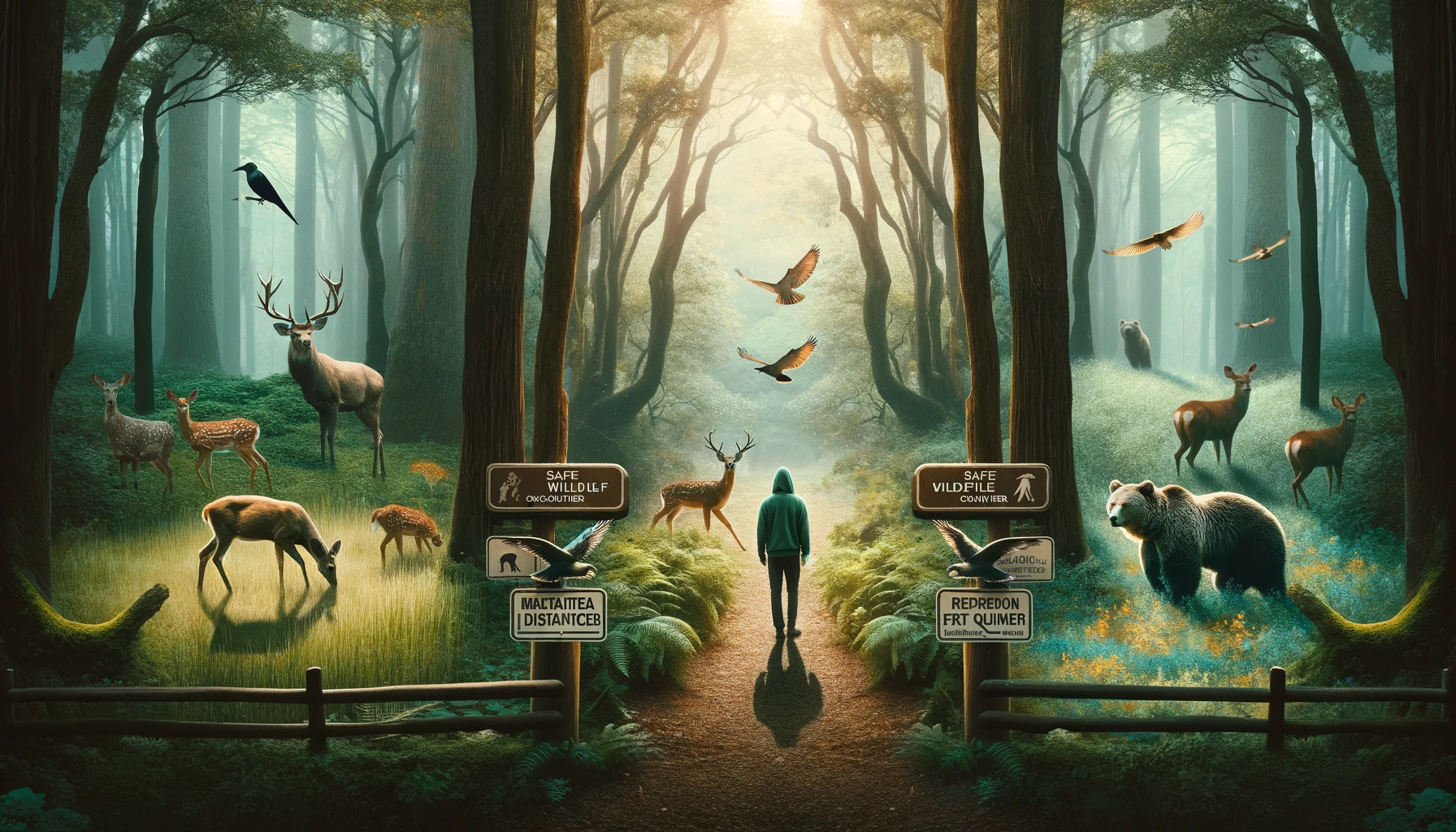
Feeding wildlife can have negative consequences for animals and humans. Understand which, if any, animals might be safely fed and what foods are appropriate.
Encounters in the Wild
Hiking in Bear Country
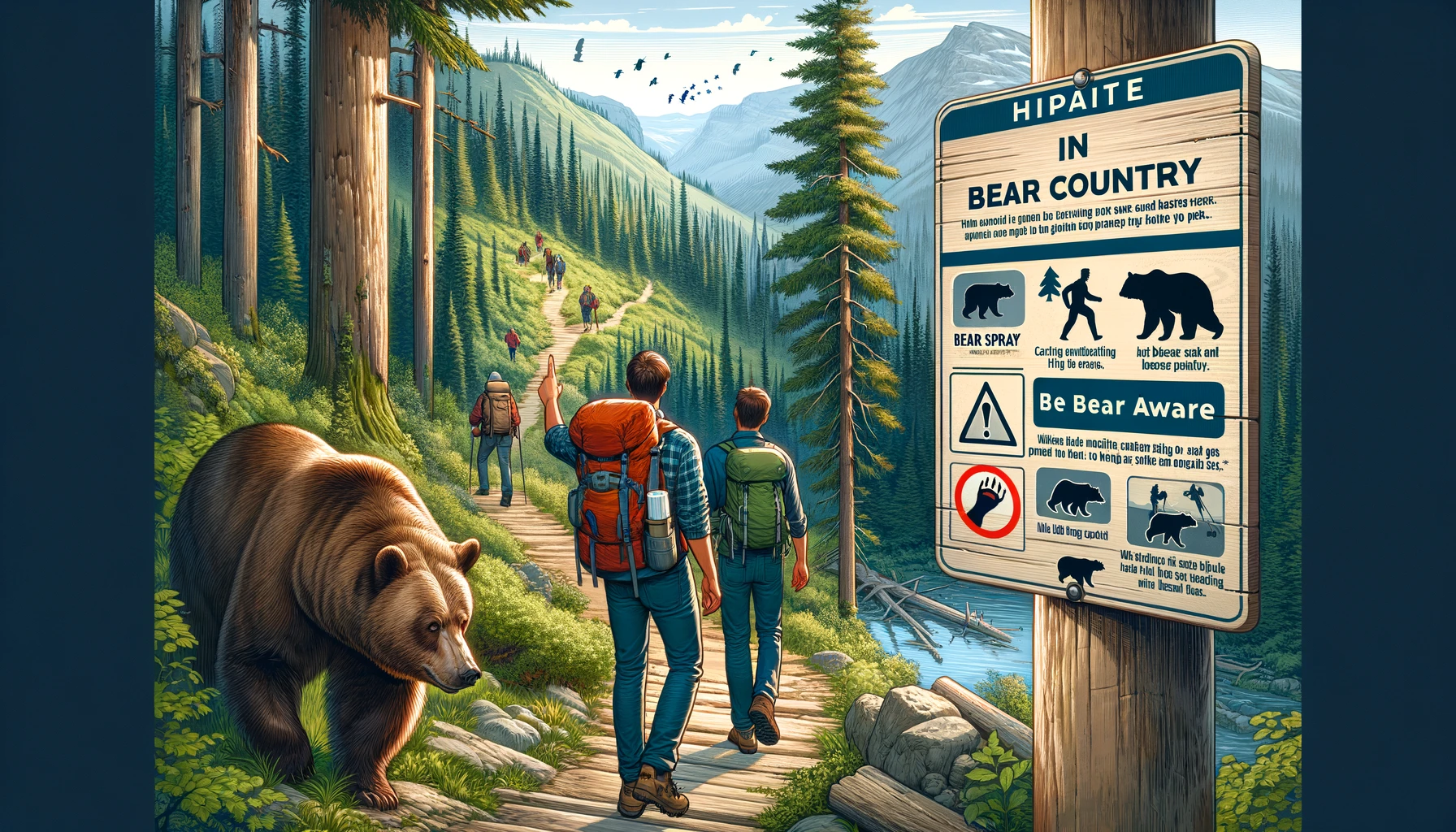
Tips for hiking in areas inhabited by bears, including making noise to avoid surprising bears, what to do if you see a bear, and how to use bear spray.
If You Encounter a Mountain Lion
Mountain lions are elusive, but encounters do occur. Learn how to make yourself less of an easy target, what to do if you meet a mountain lion, and how to fight back if attacked.
Snakes: Venomous and Non-Venomous
Identifying venomous snakes and understanding their behavior can prevent bites. This section offers advice on what to do if you encounter a snake on the trail.
Encounters in Your Backyard
Dealing with Raccoons, Skunks, and Other Small Mammals
Learn how to humanely discourage raccoons, skunks, and other small mammals from rummaging through your trash or making a home in your yard.
Birds of Prey and Other Avian Visitors
Discover how to coexist with birds of prey and other birds that may visit your garden, including what to do if you find an injured bird.
Creating a Wildlife-Friendly Yard
Tips for creating a yard that is welcoming to wildlife, while also keeping certain animals at bay to protect your home and garden.
Wildlife Conservation and Ethics
The Role of Responsible Wildlife Photography
Guidelines for responsible wildlife photography that respects the well-being of animals and their habitats.
Participating in Conservation Efforts
How individuals can contribute to wildlife conservation efforts, including citizen science projects and supporting conservation organizations.
Legal Protections for Wildlife
An overview of legal protections for wildlife, including endangered species laws and regulations regarding the treatment of wildlife.
What to Do If You Find Injured Wildlife

Assessing the Situation
Guidance on how to assess whether an animal is injured and needs help, and what to do if you’re unsure.
How to Safely Rescue Wildlife
Steps for safely rescuing wildlife, including how to contain an animal and who to contact for help.
Rehabilitation and Release
An insight into the rehabilitation process for injured wildlife and how they are prepared for release back into the wild.
Conclusion
Encountering wildlife is a privilege that comes with the responsibility to act with care and respect. By following the guidelines outlined in this guide, you can ensure safe and respectful encounters with wildlife, contributing to the conservation of these magnificent creatures and their habitats.
Additional Resources
For further reading and resources, including wildlife identification guides and local wildlife rescue contacts.

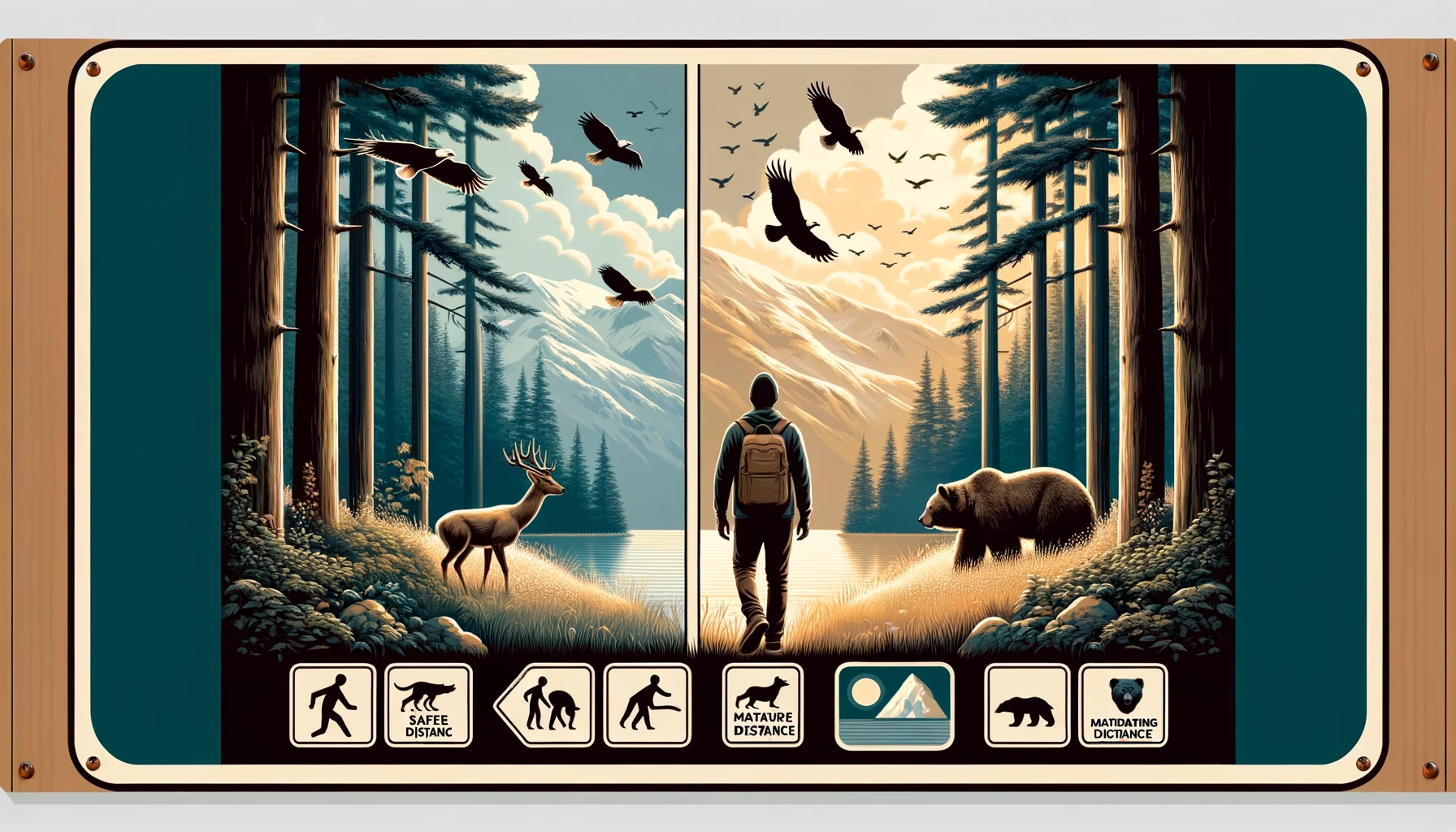



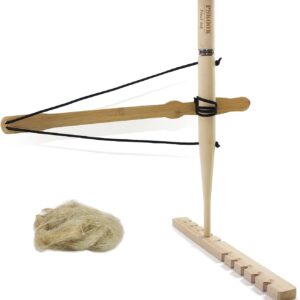


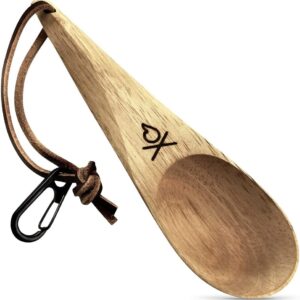


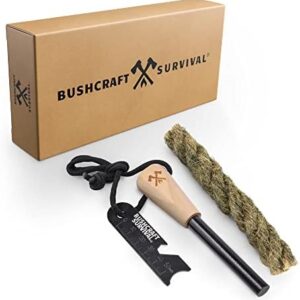
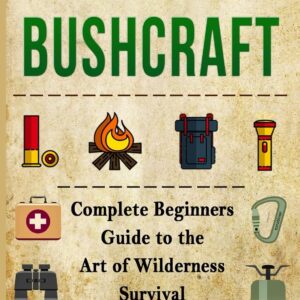
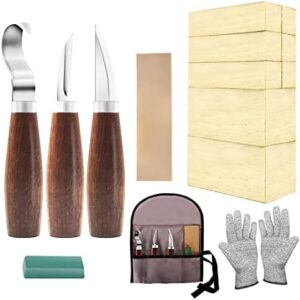
0 Comments